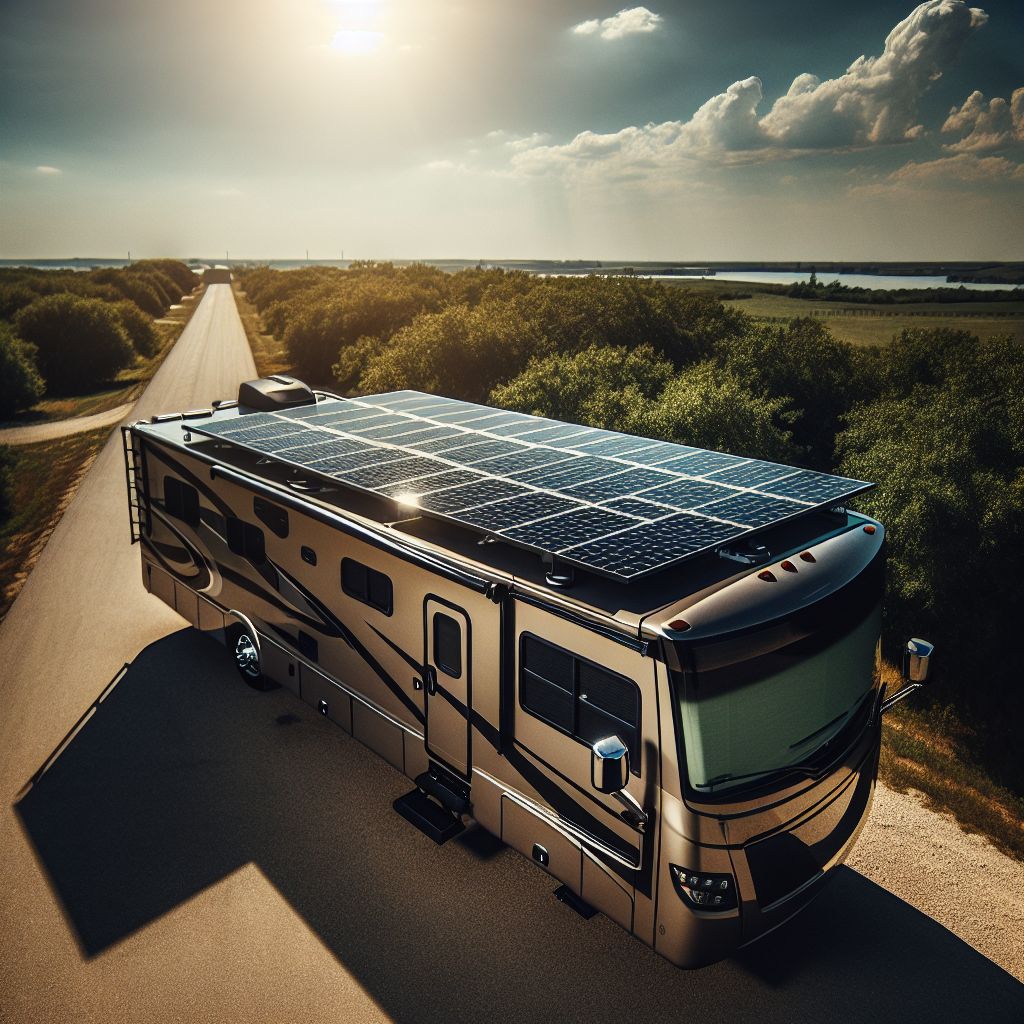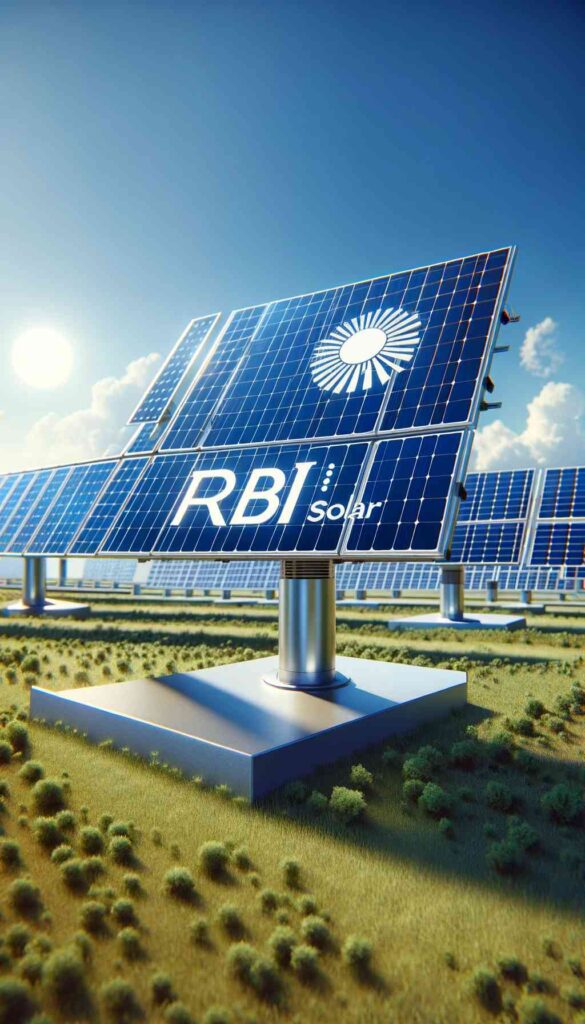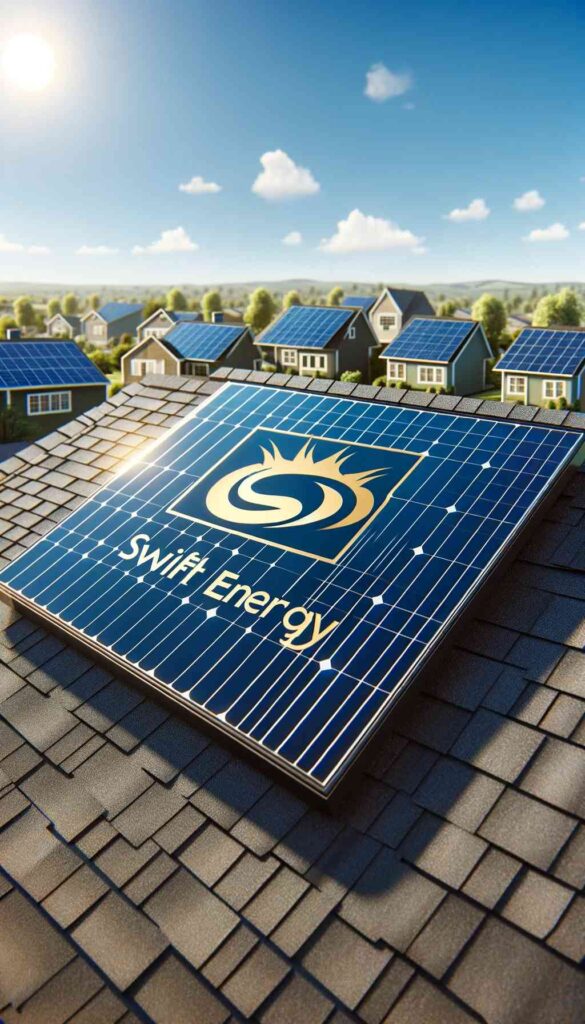Key Takeaways
- Portable solar panels for RVs can cost between $100 to $500 per panel.
- Solar power is a sustainable and quiet alternative to traditional generators.
- Installation can be simple, with some systems designed for easy plug-and-play.
- Solar panels can power essential appliances like lights, fridges, and even air conditioners.
- Proper positioning and maintenance of panels enhance efficiency and longevity.
Power Your Adventure: Portable Solar for RVs, Trailers & Mobile Homes
Imagine the freedom of exploring the great outdoors without worrying about your energy needs. Portable solar power solutions offer an eco-friendly way to keep your RV, trailer, or mobile home powered up, no matter where your adventures take you. By harnessing the sun’s energy, you can enjoy modern comforts while living off the grid.
Introduction to Portable Solar Power
Portable solar power is a game-changer for travelers who want to maintain independence while reducing their carbon footprint. This technology allows you to capture sunlight and convert it into electricity, which can then be used to power various appliances and devices in your mobile home. It’s like having your own personal power plant on wheels.
Why Solar Power is Ideal for Mobile Living
Solar power is particularly well-suited for mobile living for several reasons. First, it’s a renewable energy source, meaning it won’t run out as long as the sun is shining. This makes it a sustainable choice for those who want to minimize their environmental impact. Second, solar power systems are quiet, unlike traditional generators, which can be noisy and disruptive. Lastly, with advancements in technology, solar panels have become more efficient and affordable, making them accessible to more people.
Benefits of Going Solar on the Road
Switching to solar power for your RV or trailer comes with numerous benefits. One of the most significant advantages is the cost savings. Although the initial investment might seem high, the long-term savings on fuel and generator maintenance can be substantial. Plus, solar power is reliable and low-maintenance, allowing you to focus more on enjoying your travels.
Another benefit is the convenience of having a consistent power source. You no longer need to rely on finding campsites with electrical hookups, giving you the freedom to explore remote locations. Besides having consistent power, using solar power means you’ll have a backup energy source in case of emergencies, providing peace of mind during your adventures.
Understanding Portable Solar Power Systems
To effectively harness solar power, it’s essential to understand the components of a solar power system and how they work together. This knowledge will help you make informed decisions when selecting the right system for your needs.
Components of a Solar Power System
A typical portable solar power system consists of several key components, including solar panels, inverters, and batteries. Understanding the basics of residential solar power can provide insights into how these components work together to harness energy from the sun.
- Solar Panels: These are the primary components that capture sunlight and convert it into electricity.
- Charge Controller: This device regulates the voltage and current coming from the solar panels to prevent overcharging the battery.
- Battery Bank: The batteries store the electricity generated by the solar panels for later use.
- Inverter: This component converts the stored DC electricity into AC electricity, which can be used by most household appliances.
How Solar Panels Work
Solar panels are made up of photovoltaic (PV) cells, which are responsible for converting sunlight into electricity. When sunlight hits the PV cells, it excites electrons, creating an electric current. This current is then captured and can be used to power your appliances or stored in batteries for later use.
Common Solar Panel Types for RVs and Trailers
There are several types of solar panels to choose from, each with its own advantages and disadvantages. The most common types are:
- Monocrystalline Panels: Known for their high efficiency and sleek appearance, these panels are often the most expensive option.
- Polycrystalline Panels: These panels are generally less expensive than monocrystalline panels but offer slightly lower efficiency.
- Thin-Film Panels: Lightweight and flexible, thin-film panels are easy to install but tend to be less efficient than crystalline panels.
When selecting solar panels, consider factors such as efficiency, cost, and available space on your RV or trailer. The right choice will depend on your specific needs and preferences.
Types of Solar Power Systems for RVs
When it comes to powering your RV with solar energy, there are several types of systems to consider, each with its unique advantages. Choosing the right solar power system for your RV is essential to match your energy needs and travel lifestyle.
Portable Solar Generator Kits
Portable solar generator kits are an excellent choice for travelers who want a simple and compact power solution. These kits typically include solar panels, a charge controller, and a battery pack all integrated into one unit. They’re designed for easy setup and can be transported effortlessly, making them ideal for RVs and mobile homes.
One of the biggest advantages of portable solar generator kits is their plug-and-play nature. You don’t need extensive technical knowledge to get started. Just place the solar panels in a sunny spot, connect them to the generator, and you’re ready to go. These kits are perfect for powering small appliances, charging devices, and even running lights.
Rooftop Solar Panel Installations
Rooftop solar panel installations are a more permanent solution for those who want to maximize their solar energy potential. By mounting solar panels on the roof of your RV or trailer, you can continuously harness solar power as you travel. This setup is ideal for full-time travelers who spend extended periods off-grid.
Installing rooftop solar panels involves a bit more effort than portable kits. You’ll need to secure the panels to the roof, connect them to a charge controller, and set up a battery bank for storage. However, the payoff is substantial. You’ll have a consistent power source, allowing you to run more energy-intensive appliances like refrigerators and air conditioners.
Flexible and Foldable Solar Panels
Flexible and foldable solar panels offer a versatile solution for travelers who need adaptability. These panels are lightweight and can be easily rolled or folded, making them convenient for storage and transport. They can be placed on irregular surfaces, which is particularly useful for RVs and trailers with curved roofs.
Because of their flexibility, these panels can be positioned in various ways to capture the most sunlight throughout the day. This adaptability ensures that you can optimize your energy collection, even when parked in shaded or uneven areas.
While flexible and foldable panels may not be as efficient as rigid panels, they provide a practical option for those who prioritize convenience and portability. They’re also a great backup option for extending your solar capacity when needed.
Installation and Optimization Tips
To make the most of your solar power system, proper installation and optimization are important. Whether you’re setting up a portable kit or a rooftop installation, following these tips will help you achieve maximum efficiency.
Choosing the Right Solar System Size
The first step in optimizing your solar setup is choosing the right system size. This involves calculating your energy needs and matching them with the appropriate solar panel capacity. Consider the appliances you plan to power and their energy consumption. For example, a typical RV refrigerator might require around 600 watts per day.
Once you know your energy needs, select a solar system that can meet or exceed this requirement. It’s always a good idea to have a bit of extra capacity to account for cloudy days or increased usage.
Positioning Panels for Maximum Efficiency
Proper positioning of your solar panels is key to maximizing their efficiency. Ideally, panels should be angled towards the sun and free from obstructions like trees or buildings. If you’re using portable panels, adjust their position throughout the day to follow the sun’s path.
For rooftop installations, consider using tilt mounts to adjust the panel angle seasonally. This adjustment can significantly increase energy production, especially in areas with varying sun angles throughout the year.
Maintaining Your Solar Setup
Regular maintenance ensures your solar power system operates at peak performance. Keep your panels clean and free from dust, dirt, and debris. A simple rinse with water can often do the trick. Inspect the connections and wiring periodically to ensure everything is secure and functioning correctly.
Check the battery bank regularly, ensuring it’s holding a charge and not over-discharging. Proper maintenance extends the lifespan of your solar system and ensures you have reliable power whenever you need it.
Cost and Savings Analysis
Understanding the costs and potential savings of a solar power system is essential for making an informed decision. While the initial investment might seem significant, the long-term benefits often outweigh the costs.
Initial Investment and Available Incentives
The cost of a solar power system varies depending on the size and type of setup. A basic portable solar generator kit might start at around $300, while a full rooftop installation could range from $1,000 to $5,000. It’s essential to consider your budget and energy needs when selecting a system.
Many regions offer incentives and rebates for solar installations, which can significantly reduce the initial cost. Check with local authorities or energy providers to see if you qualify for any programs. These incentives can make solar power more affordable and increase your return on investment.
Calculating Long-term Savings
Solar power can lead to substantial long-term savings by reducing or eliminating your reliance on traditional fuel sources. Calculate your expected energy usage and compare it to the cost of running a generator or using grid electricity. Over time, these savings can add up, making your solar investment worthwhile.
Consider the lifespan of your solar panels and other components when calculating long-term savings. Most solar panels come with a warranty of 20 to 25 years, providing peace of mind and ensuring a steady return on your investment.
Return on Investment Timeline
Understanding the return on investment (ROI) for a solar power system is important for any traveler considering this energy solution. Generally, the ROI timeline can range from 5 to 10 years, depending on factors like initial costs, energy savings, and available incentives. While this might seem like a long time, the benefits of energy independence and reduced carbon footprint often make the investment worthwhile.
It’s important to note that solar panels have a long lifespan, often lasting 20 to 25 years. This means that after the initial payback period, you’ll continue to enjoy free energy for many years, maximizing your savings and making your investment even more valuable.
Making the Decision to Go Solar
Deciding to switch to solar power is a significant step, and it’s essential to weigh the pros and cons carefully. Solar energy offers numerous benefits, such as sustainability, cost savings, and independence from traditional power sources. However, it’s essential to consider your specific needs and circumstances before making the leap.
Start by assessing your energy usage and determining whether solar power can meet your requirements. Consider factors like the size of your RV or trailer, the appliances you plan to power, and your typical travel destinations. If you frequently travel to remote areas without electrical hookups, solar power can be a game-changer.
When Solar Makes Sense for Travelers
Solar power is an excellent option for travelers who are interested in unlocking the power of the sun.
- Spend extended periods off-grid and need a reliable energy source.
- Want to reduce their environmental impact and carbon footprint.
- Are looking to save money on fuel and generator maintenance.
- Desire the convenience of having a consistent power source.
- Enjoy the peace and quiet of a generator-free campsite.
If these points resonate with you, solar power might be the perfect solution for your mobile lifestyle. It provides the flexibility and freedom to explore without worrying about energy constraints.
Alternative Energy Options
While solar power is a popular choice, there are other renewable energy options for travelers to consider. Wind turbines, for example, can be a viable alternative in windy locations. However, they are less portable and may not be suitable for all travelers.
Hybrid systems, which combine solar panels with other energy sources like wind or traditional generators, can offer a balanced approach. These systems provide redundancy, ensuring you have power even when sunlight is scarce or wind conditions are unfavorable.
Frequently Asked Questions
Can I add solar panels to any RV?
Yes, you can add solar panels to virtually any RV or trailer. However, the installation process may vary depending on the vehicle’s design and available roof space. It’s essential to choose panels that fit your RV’s dimensions and ensure proper mounting for optimal performance.
Consult with a professional or refer to your RV’s manual for specific installation guidelines. Some RVs come pre-wired for solar, making the process even more straightforward.
How much maintenance do solar panels require?
Solar panels are relatively low-maintenance, requiring only periodic cleaning to remove dust, dirt, and debris. This ensures they operate efficiently and continue to generate maximum power. Inspect the wiring and connections regularly to ensure everything is secure and functioning correctly.
And don’t forget to monitor the battery bank to ensure it’s holding a charge and not over-discharging. Proper maintenance extends the lifespan of your solar system and ensures reliable power whenever you need it.
What happens when there’s no sunlight?
During periods of limited sunlight, such as cloudy days or nighttime, your solar power system relies on the stored energy in the battery bank. It’s essential to size your battery bank appropriately to ensure you have enough stored energy to meet your needs during these times.
For extended periods of limited sunlight, consider using a backup power source, such as a generator, to supplement your solar system and ensure a continuous power supply.
Are there government incentives for RV solar panels?
Yes, many regions offer government incentives and rebates for solar installations, which can significantly reduce the initial cost. These incentives vary by location and may include tax credits, grants, or rebates. Check with local authorities or energy providers to see if you qualify for any programs.
Taking advantage of these incentives can make solar power more affordable and increase your return on investment, making it a more attractive option for travelers.
Can solar power my entire RV?
Yes, a well-designed solar power system can power your entire RV, including lights, appliances, and even air conditioning. However, this requires careful planning and the right equipment. Ensure your solar panels and battery bank are sized to meet your energy needs, and consider energy-efficient appliances to reduce overall consumption.
For travelers who rely heavily on energy-intensive appliances, a hybrid system that combines solar with other power sources may be the best solution. This approach provides flexibility and ensures you have power when you need it most.


